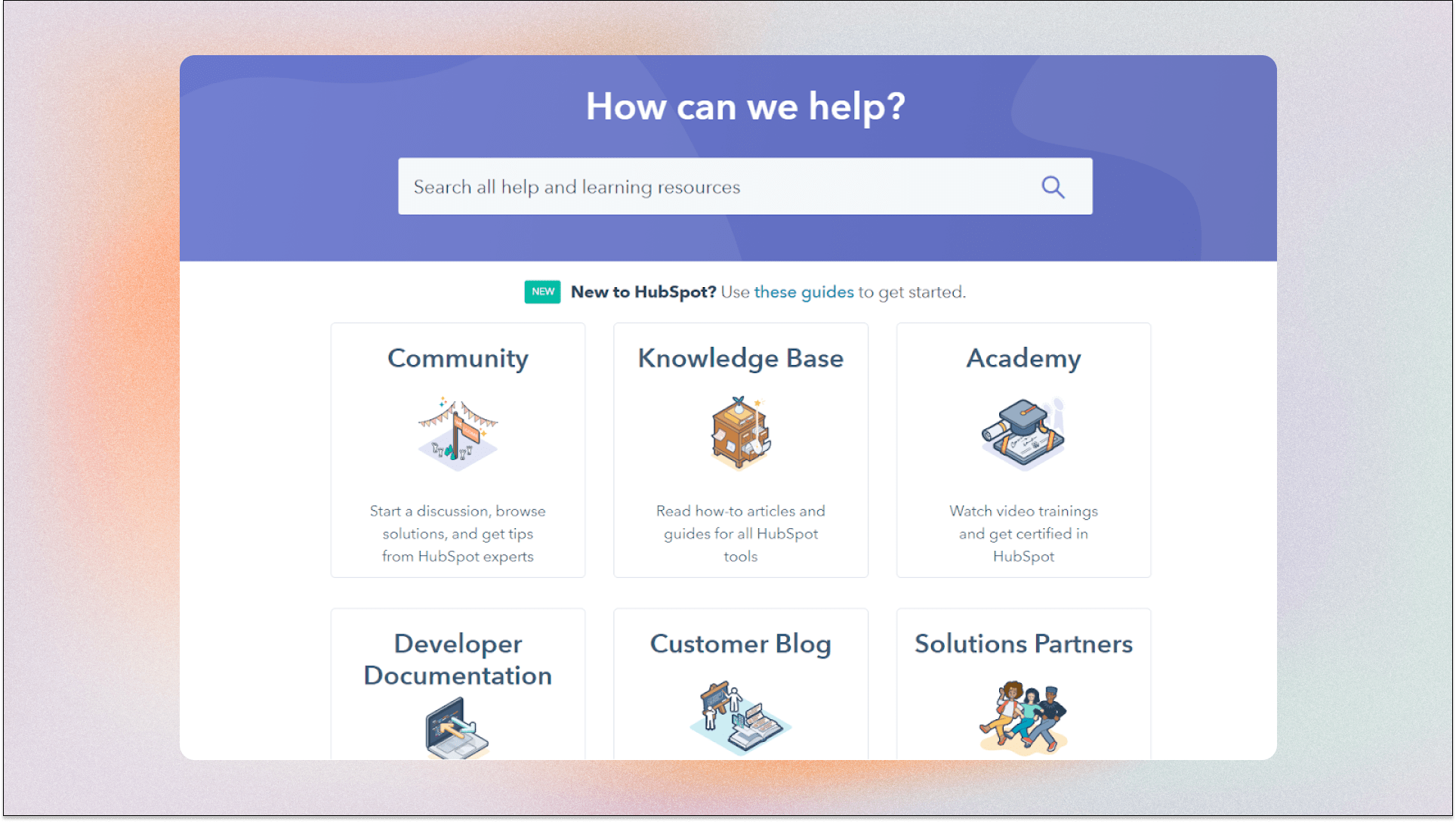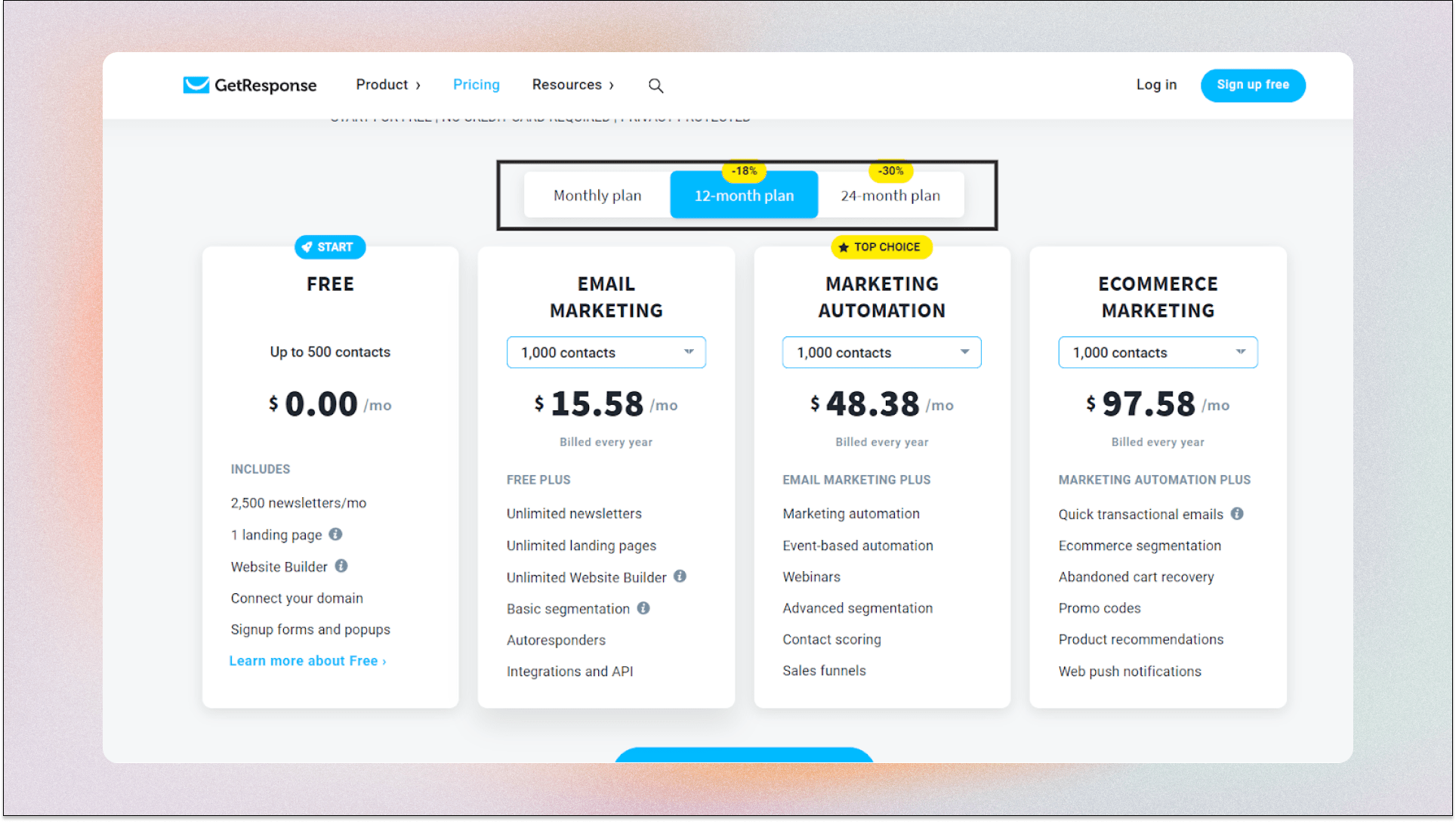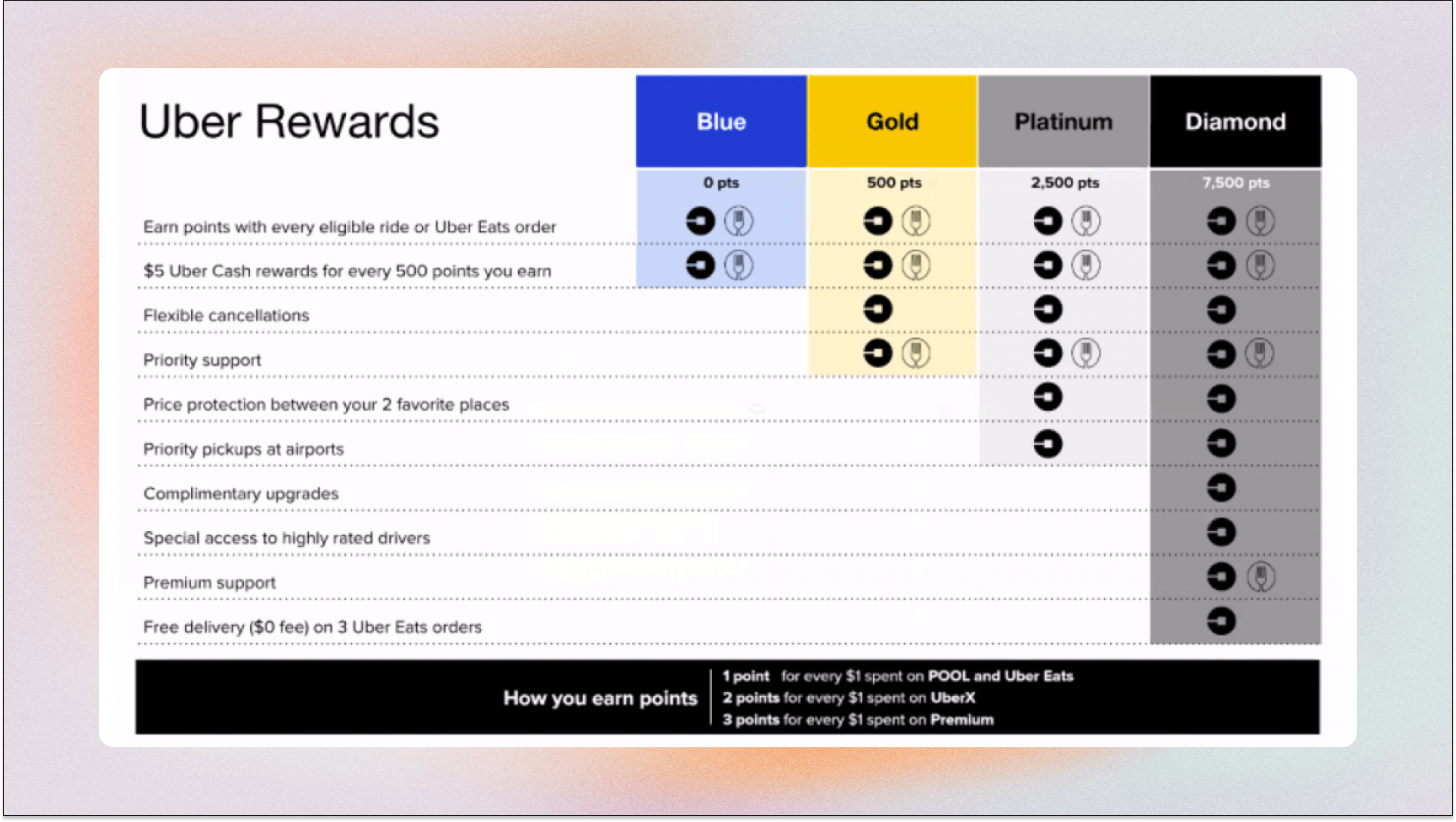In the business world, you can measure success in many ways, but customer acquisition and retention are one of the ways that play a critical role.
While it may be tempting to focus solely on acquiring new customers, it's much more cost-effective and efficient to retain and maximize the value of your existing ones. After all, acquiring a new customer can cost seven times more than having an existing one.
So, how do you measure the value of your customers? Here is where the concept of lifetime value (LTV) comes into play.
In this blog, you'll learn what LTV is, why it's essential, and how to calculate it, along with various strategies you can use to increase your LTV and maximize the value of every customer.
Let's get started!
What Is Lifetime Value (LTV)?
Lifetime value, or LTV, is the total revenue a customer will generate for your company over their lifetime. Knowing the worth or value of a customer can help companies make many economic decisions. It includes determining marketing budgets and resources as well as forecasting profitability.
Let's understand this with a practical example. Suppose a company sells project management software for $10/month/user.
If the company estimates that the average customer stays subscribed for three years, their LTV would be $360 (3 years x 12 months x $10/month).
This number considers the revenue from the customer's subscription and potential upsells or add-on services that the customer may purchase over time. The higher the LTV, the more profitable the customer is expected to be for the business.
Why Is LTV An Important Metric?
The LTV metric is vital because it helps companies better allocate their marketing and sales resources. If you have a high-LTV customer, investing more in acquiring that person makes sense. In fact, increasing the retention rate by 5% can increase profits by as much as 25%.
Here are some essential reasons why you should calculate your LTV,
1. Helps To Determine Customer Segmentation
Lifetime value can be a valuable tool for determining customer segmentation. By calculating the LTV for different groups of customers, businesses can identify which segments are most helpful and prioritize resources accordingly.
For example, a business might segment its customers based on demographics, purchase history, or behavior. By comparing the LTV of each segment, the company can see which segments are most profitable and allocate more resources to acquiring and retaining customers in those segments.
2. Measures Customer Loyalty
By calculating and tracking LTV, businesses can gain insight into which customers are most valuable and committed to their brand. You can use this information to optimize marketing and customer retention strategies.
For example, a business may focus more on customer retention efforts for those customers with high LTV, as they are more likely to remain loyal in the long term.
3. Determines Efficacy Of Marketing Strategies
With every advertisement, post, or piece of content you create, you aim to see a positive return on your initial marketing investment.
However, your ultimate goal is to attract long-term, high-value customers who will continue to make repeat purchases. While metrics such as cost per lead and retention rates give you a basic idea of your customer base, they need to provide a complete picture of the longevity of your customer relationships or the amount they spend.
Lifetime value fills this gap by providing a comprehensive estimate of the total revenue a customer will generate throughout their relationship with your business. With this data in hand, you can use it to identify high-value customers, increase the average size of their purchases, and create marketing campaigns that drive new revenue.
4. Aids In The Judgment Of Product Quality
Product quality is a significant factor in determining a customer's lifetime value (LTV). Customers are more likely to continue purchasing from a business and become loyal if they are satisfied with the quality of the products or services they receive.
Generally, your Customer Lifetime Value (CLV) should be at least three times greater than the amount you spend acquiring a new customer. If it's low, you must work on your product quality and pricing strategy.
5. Increases Profitability Overall
Lifetime value (LTV) is a critical metric for increasing profitability overall because it provides a comprehensive view of the value a customer brings to a business over time. By understanding their LTV, businesses can make informed decisions about customer acquisition and retention efforts and allocate resources accordingly.
For example, a business with a high LTV per customer is more profitable because each customer is worth more in the long term. It allows the business to focus on retaining its most valuable customers rather than continually acquiring new customers. The business can reduce acquisition costs and improve profitability by prioritizing customer retention.
How To Calculate LTV?
Now that you've learned what LTV is and its importance to your revenue margins, let's look at an example of calculating the traditional method together.
LTV = (Average value of a sale) * (Average retention time in month or years) * (Number of repeat transactions)
It's important to note that LTV is not a static number and can change as a customer's behavior and value to the business evolves. Businesses should regularly recalculate LTV and monitor changes in customer behavior to get the most accurate LTV.
Let's say you charge $50 for a customer to use your product every month for 2 years. Your LTV will be $50 * 12 months * 2 years = $1200.
It is a simple example, but it helps illustrate how to calculate LTV.
How To Increase LTV?
Increasing the LTV is crucial as it helps you put your efforts into those customers who bring the most value to your business. Here are the six proven ways to increase LTV:
1. Improve Your Onboarding Process
If your customers are clueless about the navigation with the dashboard, they can't use your product to the fullest, no matter how good the product is. To ease the navigation, ensure your onboarding process is easy to understand, and you'll see more customers using your product.
You can accelerate product adoption/navigation using videos, product tours, and interactive guides. It helps them to understand the product and use it more effectively. Re-design your customer's onboarding experience by tailoring it to their specific needs. Focus on communicating the value of your offering right off the bat, and see how much smoother this makes things for everyone involved.
Choose an option that is simple enough for the reader to understand and leave room for your survey users to add comments.
2. Deliver The Best User Experience
Providing quality customer service is essential to keep customers and expand your business. If your company's customer service is subpar or non-existent, prospects will go elsewhere even if they like your products.
Gartner says that when customers experience high-effort issue resolutions, they are 96% more likely to become disloyal to brands, and 81% will share the negative word–of–mouth.
To provide better customer service, you have to leverage the following strategies,
A) Offer Omnichannel Support
Omnichannel support implies that customers can reach you in the way that's most convenient for them. If they want to interact with you via email, make sure your company has a solid email support team that is available. If they prefer live chat, invest in technology that allows people to chat with customer service representatives online through web browsers or mobile devices.
B) Offer 24/7 Support
While many companies offer support during regular business hours, many customers need help outside those regular business hours. That's why it's essential to have a live chat feature available 24/7. In addition to being more convenient for your customers, this can help you avoid losing sales because some people want an answer before the next day.
C) Create A Knowledge Base
A knowledge base is a collection of articles, videos, and other resources to help customers troubleshoot problems independently. It can include FAQs, how-to guides, and other helpful information that will help people get the answers they need without waiting on hold or chatting with a customer service representative.
It can save you time and money as you don't have to provide support for every issue that comes up. Here's an example from Hubspot, you can create and group them according to the features of your product,

3. Listen To Your Users' Feedback
Listening to the users' feedback can help you identify areas where they need help with your product. It can be especially useful when you're considering new features or changes to existing ones. When you listen to your users, they will feel like their opinions are valued, which can improve customer loyalty and retention.
However, gathering user feedback from multiple sources, noting them somewhere, creating tasks, and getting the resolved issues can be time-consuming. This is especially true if your product has a large user base.
That's why it's essential to use a feedback management tool. It helps you combine, analyze, and resolve all the feedback from a single platform.
4. Share Your Product Roadmap
Sharing your product roadmap will help you to build trust with your customers. Since they know what is coming next, they can plan their work accordingly and get more value out of the features that you release. It will also help them to understand why certain features have yet to be available and how soon they will be released.
When sharing product roadmaps, focusing on what's in it for your customers is great. Mention exact dates only if you're entirely sure about them. The best way to approach the product roadmap is to set the right expectations. Instead of specific dates, mention an estimate.
5. Encourage Users To Switch To Annual Billing
When you are in the B2B space, user retention is critical. Getting people on board with your product is hard if they don't use it frequently. One way to keep users engaged is by offering annual billing plans instead of monthly ones. When you offer annual billing, clients are less likely to forget about your service and switch their subscriptions.
You can encourage them by offering discounts on annual plans. It will encourage users to upgrade their subscriptions and keep them engaged. The user gets to save money, and you get more revenue per customer.
Here's how Getresponse pushes their users to upgrade to annual plans:

6. Loyalty Programs
Many companies have prioritized customer retention and, as a result, can offer repeat customers incentives for their future business.
Companies can create loyalty programs to encourage customers to make repeat purchases. Here's an example from Uber's VIP program: Riders earn points for every ride and additional perks as their status level increases.

When you reward your users for repeated transactions with your product, they are likelier to stick around for a long. It boosts LTV at a lower cost.
The Bottom Line
In conclusion, lifetime value (LTV) is a critical metric for any business as it measures the total revenue a customer will generate for a company throughout their relationship.
Understanding and tracking LTV helps businesses make informed decisions about customer acquisition and retention and provides valuable insights into the long-term profitability of a customer base. But to boost your LTV, you must prioritize your customers and their feedback —not just their purchases.
By understanding your customers' needs and behaviors, you can develop a better product or service that provides real value to them. To combine all the user feedback under one roof and to create an actionable plan, you need to create a customer feedback loop that brings all this information together.
Here is where Olvy comes in. Olvy is a customer feedback platform that provides the tools you need to build a feedback loop and increase your LTV. By automating gathering, analyzing, and reporting customer feedback data, Olvy enables companies to take actionable steps to improve their service or product offerings.
You can increase the LTV and make more profit with the proper strategies and tools.


